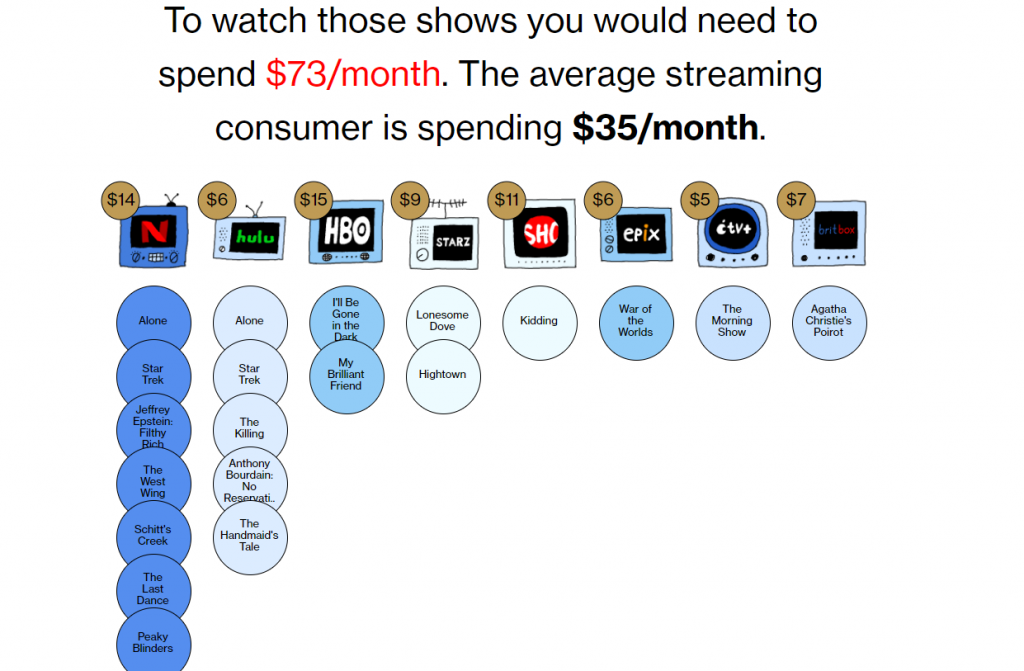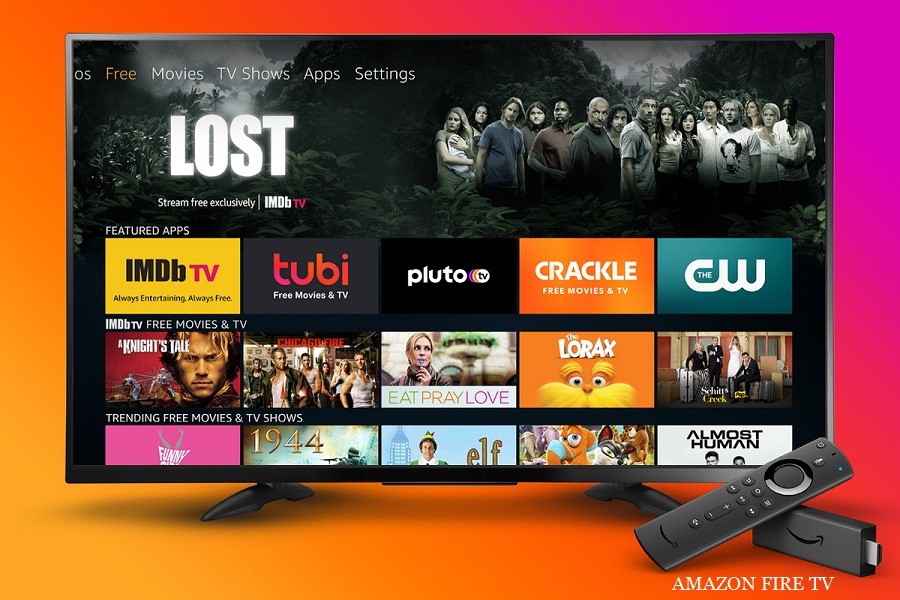A streaming media device, streaming stick, or simply streaming device connects your TV or home theater to the internet, allowing you to stream movies, TV shows, sports, music from the internet streaming services.
These pieces of hardware (think of it as a small computer) can turn an ordinary TV into a Smart TV, giving you more options and control over what you want to watch, when you want to watch, and how you watch (free or paid services).
These streaming devices come in various shapes and sizes. And from different vendors. Popular ones are Apple TV, Amazon Fire TV Stick range, Roku Streaming Stick range, and Chromecast. However, none of them are perfect. All come with certain benefits and disadvantages to the users.
Yes, Amazon Fire TV Stick is the most popular one, but it does have some drawbacks. Nevertheless, the reason for it being popular is simple — the benefits outweigh the disadvantages. Read more about Amazon Fire TV Stick guide on CordCutters.
Scroll down to find more about streaming devices.
How Do Streaming Devices Work?
A standalone piece of hardware, streaming devices connect to the TV via HDMI port and turn your normal TV into a Smart one. You can think of streaming devices like a small computer that uses the internet (via Wi fi).
However, they do not offer the same functionality as a typical computer. Their OS is designed to run specific apps only.
With the streaming device, you will receive a remote (usually with voice integration).
Should I purchase a streaming device if I already have a Smart TV?
If you have a brand new Smart TV (that was just released), then maybe you won’t need one. The reason is simple. Today’s Smart TVs have an upgraded UI and can serve you like streaming devices. For instance, take LG’s WebOS.
Nevertheless, you can still benefit from a streaming device, especially if you have an older Smart TV. The new generations streaming devices bring many valuable functions (you will find out in the next section).
So, it depends on your needs — if you feel the Smart TV is enough to satisfy your needs, you do not need a streaming device. However, upon reading the benefits of streaming devices, if you think it could be helpful assistance, then do invest in one.
Why do I need a streaming device?
A streaming device is a small device for sure, but it opens up a pandora box to satiate all your streaming needs. Here are some reasons to invest in a suitable streaming device:
● It loads content faster:
The modern Smart TVs are pretty fast and can load content faster. However, streaming devices (regardless of the brand) are becoming more advanced and advanced with every new version.
As a result, you can load the contents faster. In addition, these devices are made specifically for streaming, and their processors can process the content more quickly than even the old Smart TVs.
Moreover, some of the streaming devices’ remotes offer more navigability than average Smart TV remotes.
● It has more available streaming services.
Ran out of the options on your regular TV or even the Smart TV? A streaming device can open up a new world of content from various streaming services on the internet.
Plus, some special services like Kodi allow you to watch premium content entirely free. However, we do not recommend doing that unless you have a good VPN service to protect yourself on the internet.
In all, a streaming device like Amazon opens up new possibilities for you to access more content for free. And if you are a vivid streamer — a streaming device will be more profitable to you in the long run.

● It is safer in terms of privacy.
You can opt for a VPN service if you are more concerned about your privacy. Nevertheless, a streaming service already comes with sophisticated layers of security that make another service track you online.
How to choose the perfect streaming device for me?
As mentioned earlier, there is no such thing as a perfect streaming device for you. However, you can look for some unique items and decide the best streaming service for you.
Here are some things that you should look at before picking a streaming device for you:
The features:
Almost all streaming devices allow you to stream content from anywhere. So, that alone could not be a deciding feature. Instead, you should look for individual components. For instance:
- Is there voice assistant compatibility: navigating on the TV can be troublesome? For instance, when you have to find something, you will have to type in all the letters remotely. And that’s where a voice assistant comes in. It helps you navigate quickly.
- Private listening: wanna feel the action via headphones? Then make to buy a streaming service that supports this feature. Although it was Roku that came with this feature, now most adapted this feature. Seriously, do not compromise on this one.
- Game streaming: wanna play your favorite games on the big screen? Then, purchase one that supports it. All you will need are consoles.
The remote:
Many media streaming devices are made perfect, but their remotes do not complement them well. Make sure to purchase a remote that is universal. So, it could control both the TV and streaming.
The price:
Now, this is up to you. How much can you pay?
The price changes from one service to another. Moreover, HD, FHD, and UHD supports will cost you more.
Nevertheless, if you have a TV that supports 4K — do not compromise on the price. Because it usually is costs only $10 more — on average.
Conclusion,
Hopefully, you understood everything related to media streaming devices.
Remember to invest in a quality media streaming device. A $10 more at once could feel like more, but it will deliver quality than the average ones available at a low price. In all, a streaming device could add more potential to your average TV.
